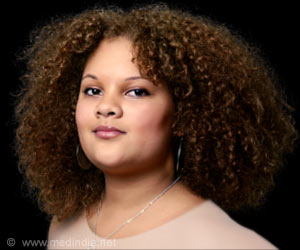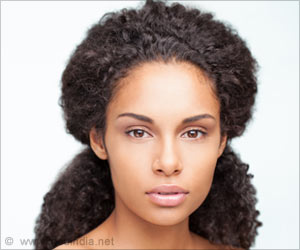- Hair type has been studied in sectors such as cosmetics and forensics, but not from an evolutionary standpoint
- Tightly coiled hair provides the most protection from the sun’s potentially harmful rays
- This explains why this trait arose in early humans in Africa while straighter hair emerged as some humans went to cooler locations
Body’s Natural Sun Protection
This built-in sunshield may appear to be an apparent benefit of a generous mop, but science requires concrete evidence. Researchers discovered that when a thermal manikin was given a wig of human hair to wear in a climate-controlled chamber, it did not collect as much heat as when it was bald. The manikin was used to test a variety of wigs, including those with straight hair, loose curls, and tight curls. Finally, the wigs all behaved similarly when exposed to bright lighting, although tightly curled hair was the most effective at keeping the manikin cool from the solar radiation.Does Hair Play a Role in Evolution
The findings, which have not yet been peer-reviewed but are publicly available on the pre-publication server bioarxiv, imply that any form of barrier on the top of the head minimizes heat gain from the Sun and, as a result, the need to sweat. The findings imply that scalp hair evolved in response to our species’ upright posture and growing brain size.“[T]he emergence (or retention) of scalp hair may have struck an optimal balance between maximizing heat loss across the large surface area of the body and minimizing solar heat gain on the small surface area of the scalp, directly over the brain,” researchers write. “Tightly curled hair may provide an additional reduction in heat influx beyond the capacity of typically straight mammalian hair.”
Tightly coiled hair is found in no other wild mammal. Something about the human experience predisposes to this type of scalp coverage.
Scientists have long speculated that scalp hair, particularly curly hair, originated as a thermoregulatory reaction. Yet, studies conducted in 1988 discovered that bald men sweat two to three times more than those with scalp hair. This was initially used to imply that hairless heads are better at keeping the head cool.
A more recent study, published in 2010, discovered that bald heads simply absorb more heat, necessitating more sweating. The current studies are the first to look at how to scalp hair influences a person’s entire thermal load, rather than just the sweating response.
Curly Hair Protects from the Sun
“Our findings confirm that, regardless of texture, hair acts as a barrier that decreases heat loss from the body (in this case, the scalp) to its surroundings,” researchers write. Tightly curled hair, on the other hand, does not lie flat, allowing the scalp to ‘breathe’ easier while yet sheltering it from the sun.Researchers discovered that when the curliness of a wig grew, less sweat evaporation was required to discharge heat from the scalp, saving water and energy. Of course, a manikin in a climate-controlled chamber isn’t quite realistic. Further research with human volunteers is needed to determine how to scalp hair evolved to function in a more natural situation.
In a hypothetical sense, the current experiment’s findings lend credibility to the concept that human hair evolved to adapt to a bipedal lifestyle, particularly in hot and desert places where drinking water was limited. Curly hair, experts believe, may have allowed our ancestors to engage in more “strenuous physical activity before needing a drink of fresh water” in this environment. Maybe having a frizzy head in heavy humidity isn’t such a bad thing after all.
Source-Medindia












